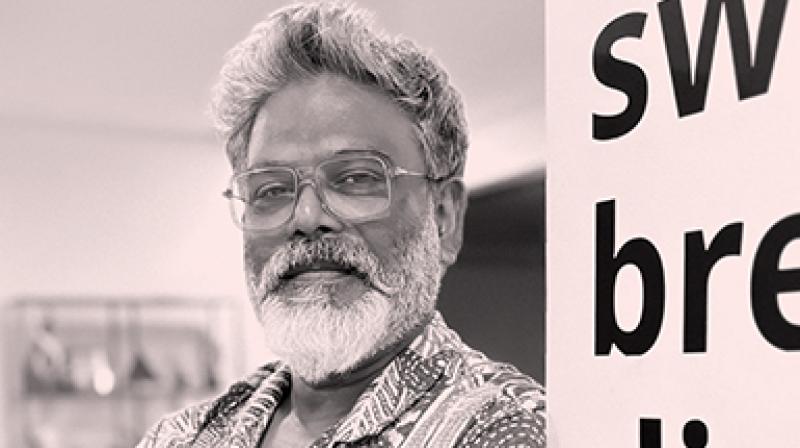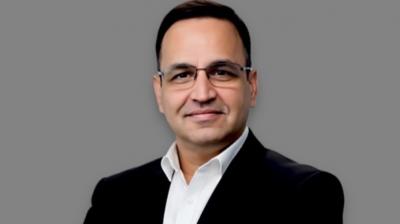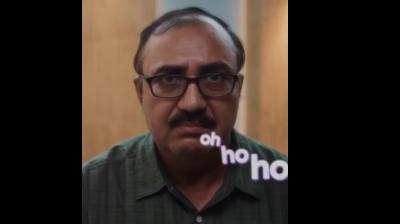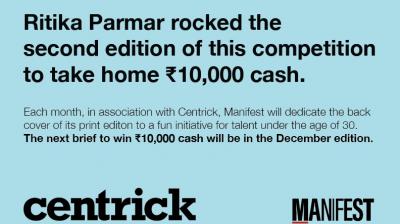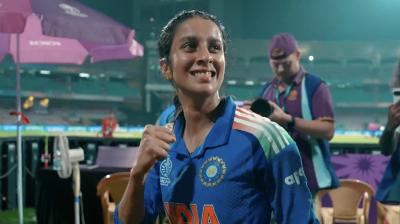In our November issue, Ramanuj Shastry, co-founder and director, Infectious Advertising, spoke about how the agency has evolved over the past decade, the trends reshaping India’s advertising ecosystem, and what it means to stay brave and independent in an era of constant change.
Reflecting on his move from the big network world to launching an independent agency, Shastry said, “In network agencies, during pitches, everyone shows up in full force, senior management in suits, all eyes on the client. But once the account is won, the day-to-day work often falls to the most junior people.”
He explained that this disconnect inspired him to start Infectious Advertising with co-founder Nisha Singhania in 2013, an agency where clients would receive consistent senior attention and genuine creative involvement, not just big-stage theatrics.
He added, “As a CCO, I had become more of an administrator than a creative. I was spending time deciding who goes to Cannes instead of writing ads.”
That shift away from hands-on creativity, he said, was the final push to build something different — an agency where leadership stayed close to the work.
On the agency’s philosophy, Shastry shared, “Digital agencies are incredibly fast, but they often lack brand depth. We kept asking, ‘Where’s the brand in this?’”
He explained that Infectious was built to merge speed with substance, bringing together younger digital thinkers and seasoned brand custodians to create work that moves fast but stays meaningful.
Entrepreneurship, he added, has been the greatest teacher. “In big agencies, you start identifying with your title CCO, NCD, whatever. But those are just labels. The title doesn’t make you. The work does.”
For him, the lesson has been about humility and persistence, learning to survive the early years of uncertainty and building something lasting from the ground up.
Discussing the agency’s early struggles, he said, “It took almost a year and a half before we had steady business. Those were tough days. But looking back, they taught us resilience.”
Shastry and Singhania kept going, believing that persistence was the real differentiator. His advice to young founders: “Hang in there for a thousand days. That’s the magic number.”
When asked what defines Infectious’ creative DNA, he said, “We define ourselves by one belief: we care about what people care about.”
He cited UltraTech Cement’s Baat Ghar Ki campaign as an example — a film that shifted the conversation from product strength to emotional connection. “People may not care about cement, but they care about their homes, pride, and memories. That’s what we tapped into.”
For Shastry, brave work isn’t about shock value. “Being different isn’t reckless, it’s strategic. If you don’t stand apart, you’ll be ignored. The real risk is being invisible.”
On awards, he was clear: “The first question an agency should ask a client isn’t ‘Will this win a Lion?’ It should be, ‘What’s keeping you up at night?’”
He argued that chasing trophies has warped priorities in advertising. For Infectious, success means solving real brand problems and creating work that moves people, not just juries.
When remembering the late Piyush Pandey, Shastry’s tone softened. “Piyush never wrote an ad with awards in mind. Everything he did was meant to win hearts, not juries.”
He called his time under Pandey at Ogilvy “the best school of advertising” he could have asked for — a place where he learned that real creativity lies in empathy, not ego.
This chat first appeared in the November issue. Click here to buy the copy and unlock the whole conversation.

